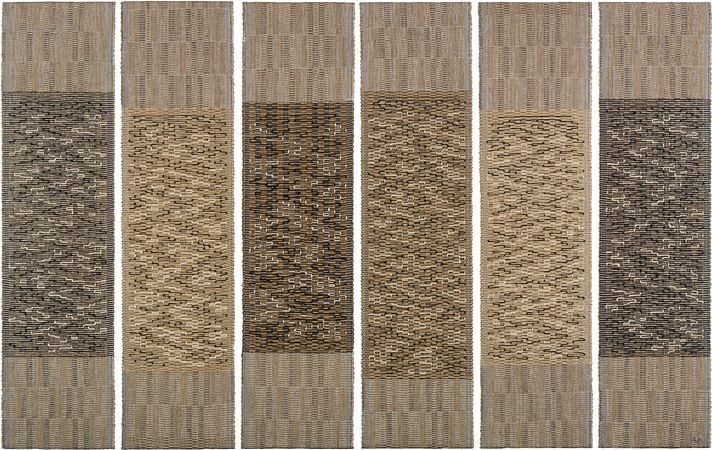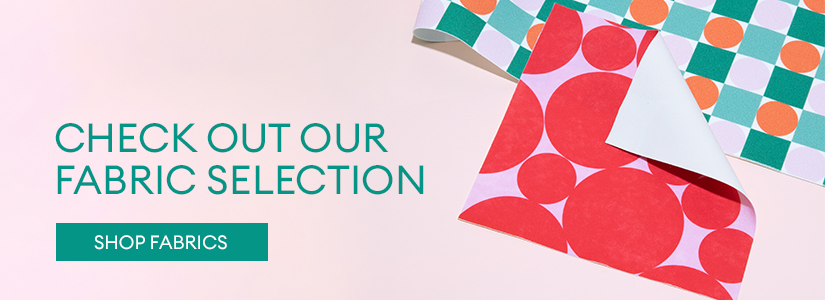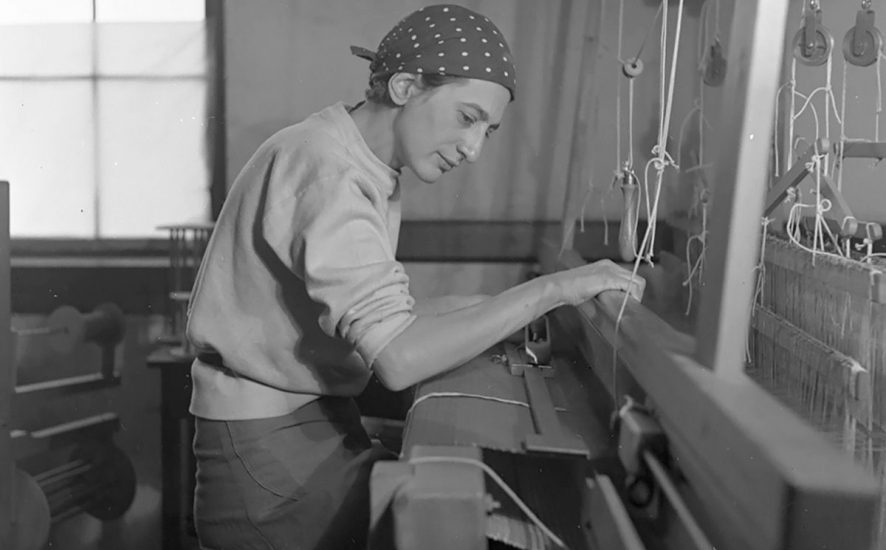One of the best-known textile artists of the 20th century, Anni Albers played a key role in the development of contemporary textile art.
Born Annelise Fleischmann, Anni Albers was of Jewish descent and lived in Berlin. Despite art students’ incredibly poor living conditions, Anni decided to attend Bauhaus to follow her intrigue of art and painting. This was a contrast to the comfortable life she was used to. Certain classes taught at the school did not accept women. Albers resorted to weaving after being unable to get into a glass workshop. Despite this, Albers quickly began to embrace the tactile construction challenges of the medium. In 1931, Albers became head of the weaving workshop. She and her husband Josef Albers (an instructor at the school), became central to Bauhaus teaching.
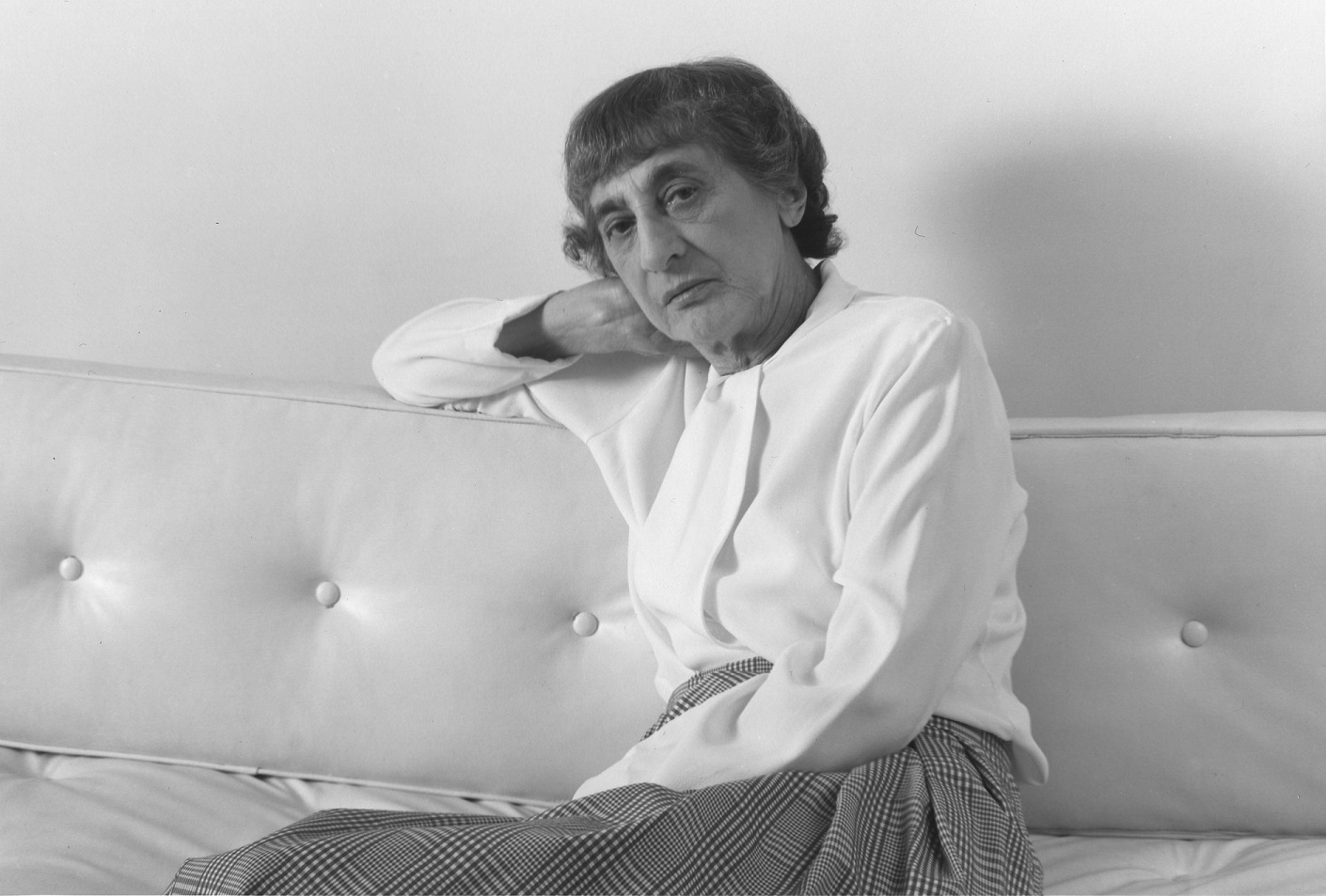
Anni Albers’ weaving and artworks revolutionised textile design, through her exploration of both handloom produced and mechanically produced pieces. Her innovation of fabric design for mass-production as well as her experimentation with more artistic work led to critically acclaimed exhibitions, and the study of her work to this day.
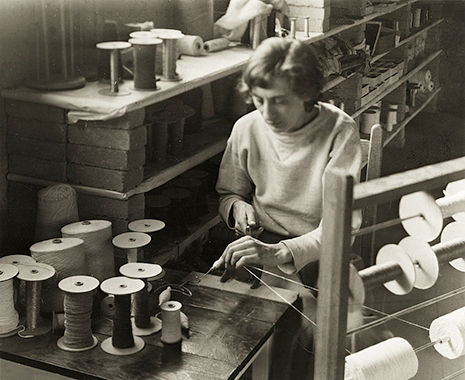
Works of Albers include woven wall hangings, bedspreads, mounted images and printed textile designs. Although Albers produced numerous important designs and artworks throughout her life, three of her works stand out in particular.
Untitled Wall Hanging 1926, Synthetic Silk and Synthetic Fibres
Contrasting to her colleagues, Albers preferred a palette of neutral colours when producing woven work. She focused more on geometric designs and weaving techniques rather than vibrant colours. It was works such as these which were some of the most successful pieces to come out of the Bauhaus.
In this piece, Albers explores the combination of weaving techniques and modern design, created from new synthetic fibres like artificial silk. These materials would eventually become common in the textile industry, particularly for mass-produced pieces – reflecting her notion of creating pieces which could become models for mass production.
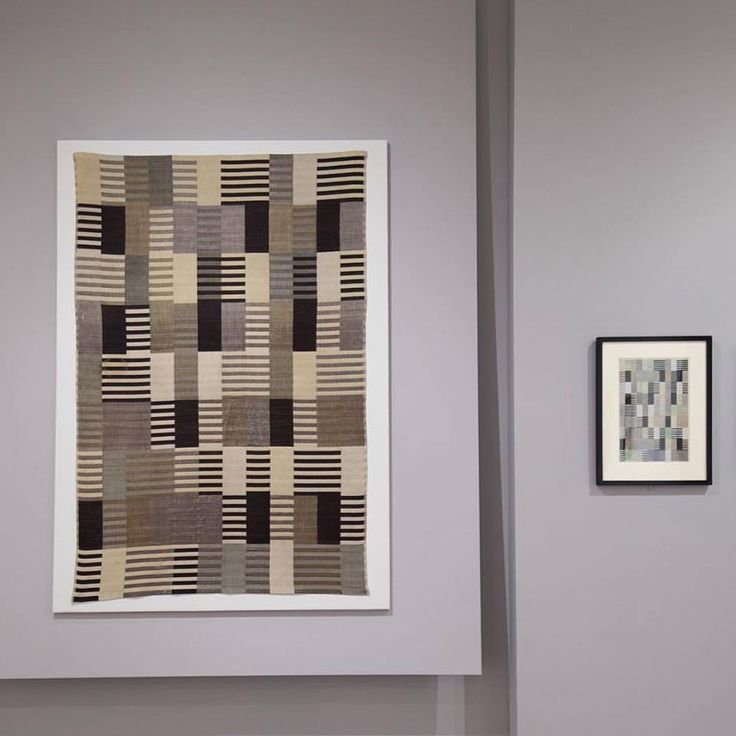
Necklace 1941, Metal Chain, Dish Drain, Paper Clips
Whilst teaching in North Carolina after moving to America in 1933, Albers began working with other materials like jewellery. Inspired by pre-Colombian jewellery seen on a trip to Mexico, Albers and her student Alex Reed began designing objects based on household objects, exploring the idea of ‘anti-precious’ jewellery. The explorative project used items such as chains, pins, nuts and ribbons to play with the materiality of objects. Since jewellery was generally expected to be expensive, this drew some criticism from their peers. However, this simply emphasized their point more and generally, the jewellery was well received for its imaginative work.
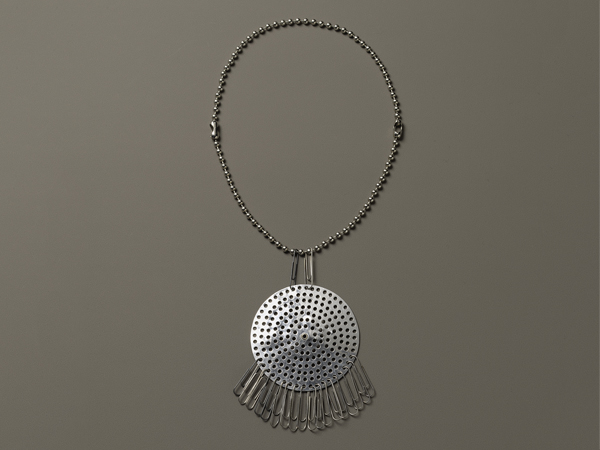
Six Prayers 1965-6, Cotton, Linen, Bast and Silver Thread
In 1965, The Jewish Museum commissioned Albers to create a piece of artwork to memorialise those who died in the Holocaust. Albers used a neutral palette with silver thread to create six abstract textile works which form a contemplative installation. The pieces are open to allow viewers to think and find meanings in the space, whilst recalling the shapes of burial markers. The width of the work at 6 ft. is a reference to the 6 million Jews murdered by the Nazis.
The weave creates a wandering pattern with the threads varying against the grid structure. The non-uniform weave reflects the idea of ‘tikkun’, the notion of ‘social repair’ to Jewish identity.
